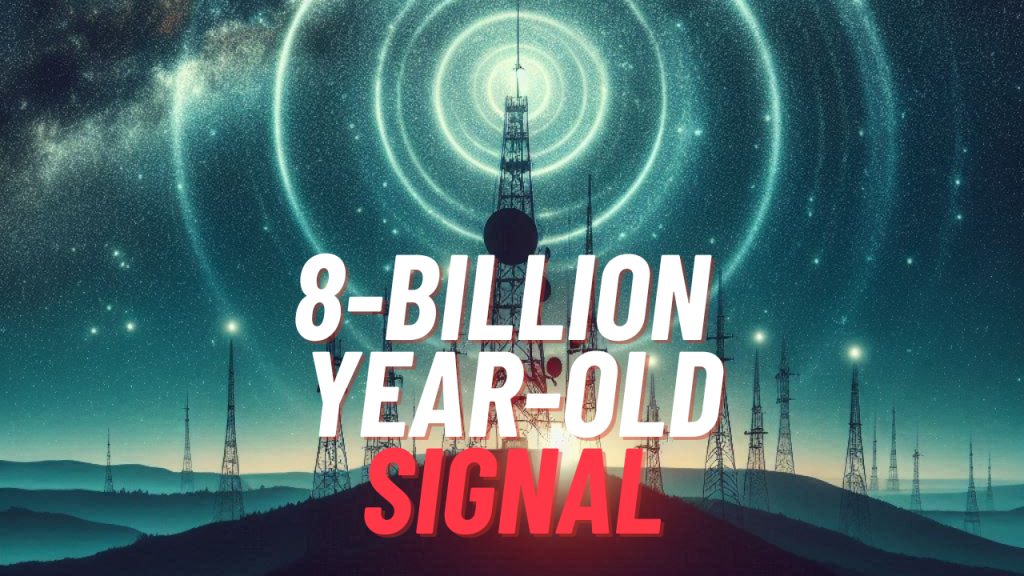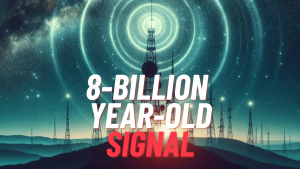
Scientists have discovered a powerful burst of radio waves that travelled a mind-boggling 8 billion years to reach Earth! This signal, dubbed FRB 20220610A, is one of the most distant and energetic ever recorded.
Fast and Furious Radio Bursts
FRBs, or Fast Radio Bursts, are brief but powerful bursts of radio waves that only last milliseconds. Their origins remain a complete mystery, and scientists are still unsure what creates these enormous releases of energy.
FRB 20220610A is particularly intriguing because of its immense power. In a mere millisecond, it emitted as much energy as our sun does in 30 years!
Unravelling the Cosmic Enigma
Astronomers are using advanced telescopes like Australia’s ASKAP to detect and study FRBs. By pinpointing the source of FRB 20220610A, scientists were able to determine it originated from a very distant galaxy, older than any FRB source found before.

Fast Radio Bursts: A Tool to Map the Universe?
One of the most perplexing mysteries in modern cosmology is the existence of “missing matter.” Our current understanding of the universe, based on the laws of physics and astronomical observations, suggests that there should be significantly more matter than we can directly observe. This discrepancy, known as the “missing matter problem,” has puzzled scientists for decades.
The Role of Fast Radio Bursts
Fast Radio Bursts (FRBs) offer a promising avenue for addressing this cosmic enigma. These intense, millisecond-long radio flashes originate from distant galaxies, providing a unique probe of the universe’s structure and composition.
Fast Radio Bursts and Ionised Matter
The key to FRBs’ potential lies in their interaction with ionised matter. Ionised matter is composed of atoms that have lost or gained electrons, creating a charged plasma. This plasma pervades the vast spaces between galaxies, even in regions that appear empty to our telescopes.
As FRBs travel through space, they interact with this ionised matter. The specific nature of these interactions depends on the density and distribution of the ionised gas. By studying the properties of FRBs as they reach Earth, scientists can infer the characteristics of the ionised matter they’ve encountered along the way.
Mapping Missing Matter
With this ability to probe the distribution of ionised matter is crucial because a significant portion of the missing matter is could to exist in this form. The ionised gas, often referred to as the intergalactic medium (IGM), is too diffuse to be detected directly with conventional telescopes.
By analysing a large number of FRBs and interactions with the IGM, scientists can create detailed maps of its distribution. These maps can then be compared to theoretical models of the universe to constrain the amount and location of missing matter.
The Future of Fast Radio Burst Research
The potential of FRBs to shed light on the missing matter problem is immense. As astronomers continue to discover and study these enigmatic cosmic events, we can expect significant advancements in our understanding of the universe’s composition and evolution.
While they may not only help us map the large-scale structure of the cosmos but also answer fundamental questions about its formation and evolution.
The discovery of FRB 20220610A highlights the vast amount we still don’t know about the universe. Each new FRB detection brings us closer to unlocking the secrets of these powerful cosmic phenomena. As we delve deeper into the study of FRBs, we may be on the verge of groundbreaking discoveries that will forever change our perspective on the universe.




